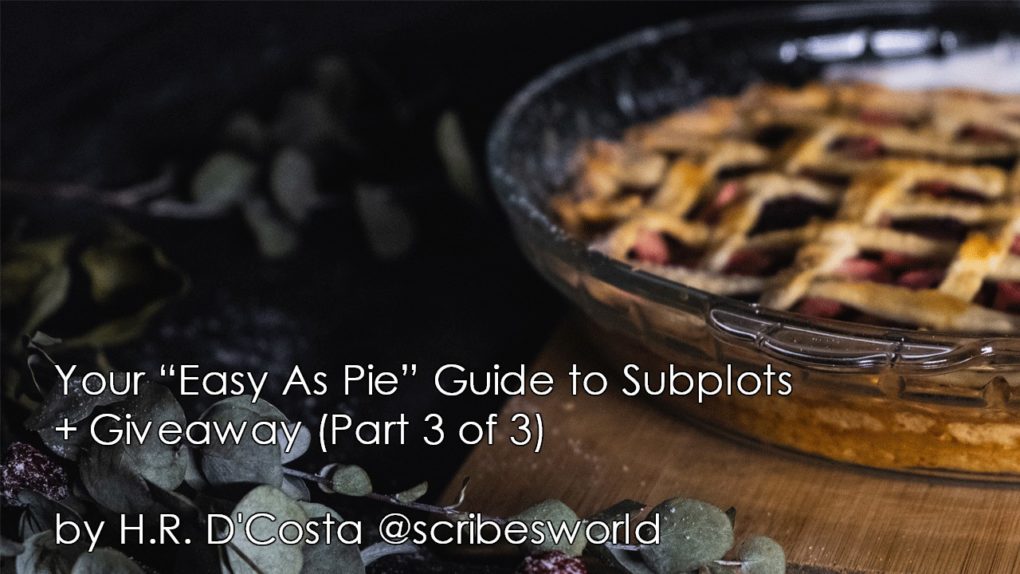by H.R. D’Costa, @scribesworld
Oh, no.
You just took a look at your outline or draft.
It’s definitely too short.
Or, in a different scenario, it’s long enough.
But, unfortunately, it’s rather bland. It lacks texture and variety.
Who are you gonna call to fix it?
Not the Ghostbusters.
Not a developmental editor. (Save that for a more dire writing emergency.)
Because, you see, you can fix this easily on your own.
All you need to do is to weave a subplot (or two) alongside your main plot.
Your page count will expand, and at the same time, your story will become more textured.
This three-part series on subplots will help you get there. Here’s a quick overview:
- In Part 1, we covered 5 uses for subplots. (Definitely read this if you’re struggling to come up with content for your subplot.)
- In Part 2, we covered how to structure your subplot—plus the golden rule to follow regarding subplots.
- In Part 3, we’ll cover how to weave subplots into your story as well as conduct a subplot “safety check.” (You’re reading Part 3 right now.)
Note: These subplot tips have been adapted from my writing guide Sparkling Story Drafts, which will help you write cleaner rough drafts, reduce your revision time, and get a crazy-good story onto the marketplace—faster. To learn how you could win a paperback copy, see the end of this post.
And now let’s get to today’s tips (served a la mode or not, your choice*)…Continue reading




